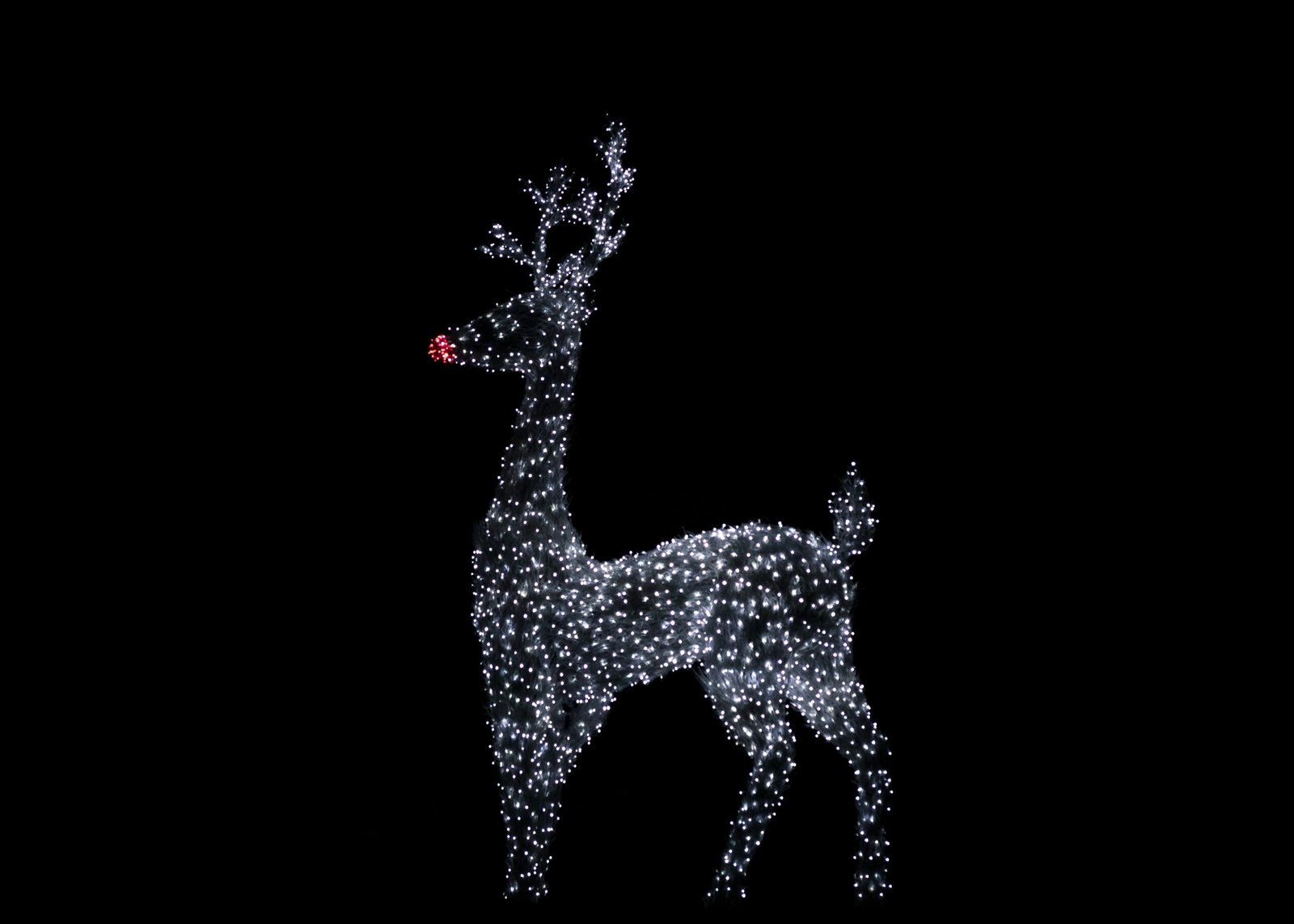
Introduction to Reindeer
Reindeer, also known as caribou in North America, are fascinating creatures that inhabit the Arctic and subarctic regions. These animals play a crucial role in the ecosystems they are part of, and their unique adaptations make them well-suited for cold climates. In this tutorial, we will explore the characteristics of reindeer, their habitat, and their significance in various cultures.
Step 1: Identifying Reindeer
Reindeer are medium to large-sized animals that possess thick fur coats, making them resilient in harsh winter environments. They exhibit sexual dimorphism, with males being generally larger than females. Notably, both genders grow antlers, which is uncommon among other deer species. The antlers of males are typically larger and shed annually in the winter, while females retain theirs longer, often until they give birth.
Step 2: Understanding Their Habitat
Reindeer are adapted to live in tundra and boreal forest environments where they can find food such as lichens, grasses, and shrubs. They migrate seasonally in search of nutrition, traveling vast distances in herds. This migration is critical for their survival, especially during the harsh winter months when food is scarce. Understanding their habitat aids not only in their conservation but also highlights the challenges they face due to climate change.
Step 3: The Cultural Significance of Reindeer
Reindeer have significant cultural importance, particularly for indigenous peoples of the Arctic, such as the Sami in Scandinavia. They are integral to the livelihood of these communities, providing food, clothing, and transportation. Through this tutorial, we appreciate not only their ecological role but also their contributions to cultural heritage and subsistence practices.